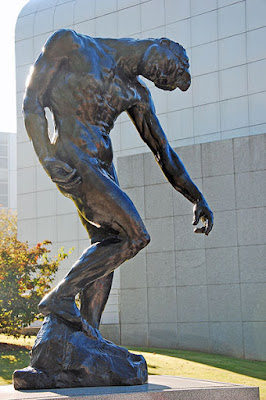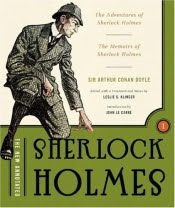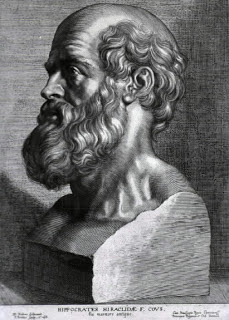French for end of a century, end of an era and beginning of a new one.
\ˌfan-də-sē-ˈe-kəl; faⁿ-də-ˈsyeklə\
Leading up to the end of the 19th century:
- Degeneration - French Revolution and Industrial Revolution (England mid 1700's - mid 1800's)
- Rapid Urbanization - Effects on human body
- "...threaten the very fabric of society and the future of civilization."
- Crowds, Masses - disorder
- Art - people are inclined to imitate what they see
- Photography - Document, Index
- Modern Art and Literature
- Hysteria
- Crime (repeat offenders)
- Alcoholism
- Prostitution
 |
| Degeneration, Max Nordau, 1892, Hungary |
"Nordau believed that degeneration manifested itself in
visually identifiable physical characteristics or stigmata..."
Artists, Architects, Performance (Visual Arts)
Vienna:
- Schiele - Raw sexuality crucial part of human reality and beauty.
- Klimt - Eroticism clad with glamour.
 |
| Egon Schiele, Artist |
 |
| Egon Schiele, 1890 - 1918, Austria |
 |
| Egon Schiele |
Link here to read about Schiele and Klimt in the American Journal of Psychiatry.
Klimt, The Kiss, oil on canvas, 1908.
|
Gustav Klimt (1862-1918). Vienna. Above image, Judith, 1901, oil on canvas.
|
Moulin Rouge, Paris, 1889
Can-can dance is seduction, leads to cabaret across Europe.
Eifeel Tower, Paris, 1889.
 |
| Case Mila, Antoni Gaudi, Spanish Architect, completed 1912, Barcelona, Spain. |
Belgium architect Victor Horta, begun around 1880.
Criminals and Monsters
1887. Collects evidence through observation. Ink stain, shape and size of footprints. Large conclusions from small observations. |
Human behavior = Like resembles Like
|
Criminals are born and can be identified. Examined exterior, not interior. Visual characteristics are undesirable.
|
 |
| Adam (1880) by Rodin (French, b. 1840- d. 1917) |
 |
| Andromeda by Rodin, carved 1886. Greek Myth, female offered as a sacrifice to a monster to save father's kingdom. Source link here. |
 |
| The Scream, Edvard Munch, painted in 1893. |
 |
Dr. Hugh Welch Diamond Photographed inmates, 1850's, facial expressions of patients suffering from mental illness, diagnosis and treatment. Seated Woman with Bird, about 1855. Source is J. Paul Getty Museum. Link here for more. |
Female Hysteria
 |
| Link here for article. |
 |
| Jean Martin Charcot 1825-1893 |
Ovary Compressor Source is Oxford Journals. Link here. Ovary Compressor - Trigger Hysteria A demonstration by Charcot, 1885.
"However, it is as a result of his work on hysteria that Charcot was raised to celebrity stature. He actively encouraged publicity, behaved as a showman and compère, and rapidly became a household name. It is said that on the days of his demonstrations, traffic jammed on the entire Left Bank as ‘students packed into tramways heading for the Salpêtrière lessons’ (Goetz et al., 1995). His lectures were attended by the laiety, philosophers and writers. Private showings of the beautiful and half naked Blanche (séances intimes) were arranged for selected influential laypersons and, particularly, journalists. As Goetz and colleagues (1995) coyly put it—‘Scholarly interest was difficult to disentangle from more sensational voyeuristic attraction’." -source is Oxford Journal Drawing by Charcot We can understand how it is, that as soon as some melancholy state passes through the brain, there occurs a just perceptible drawing down of the corners of the mouth, or a slight raising up of the inner ends of the eyebrows, or both movements combined, and immediately afterwards a slight suffusion of tears. (…) The above actions may be considered as vestiges of the screaming fits, which are so frequent and prolonged during infancy. — Darwin, Charles, 1809-1882. The expression of the emotions in man and animals ; with photographic and other illustrations. London: John Murray, 1872 The Arch
Anthropometry
anthropometry |ˌanTHrəˈpämitrē|nounthe scientific study of the measurements and proportions of the human body.
 | ||||||
| Source link here. Identity - tactile traces of the body. Visible trace of evolution. "There are similar markings in the grain of woods, in the veining of leaves, and in the spots and stripes of flowers. The barks of some trees often display the very patterns that are so useful and interesting in finger prints. Photography shows furrows exactly like those of finger prints in the overflowing lava of a volcano." -Henry Faulds, 1843-1930, Scottish doctor and scientist. |





















.jpg)



No comments:
Post a Comment